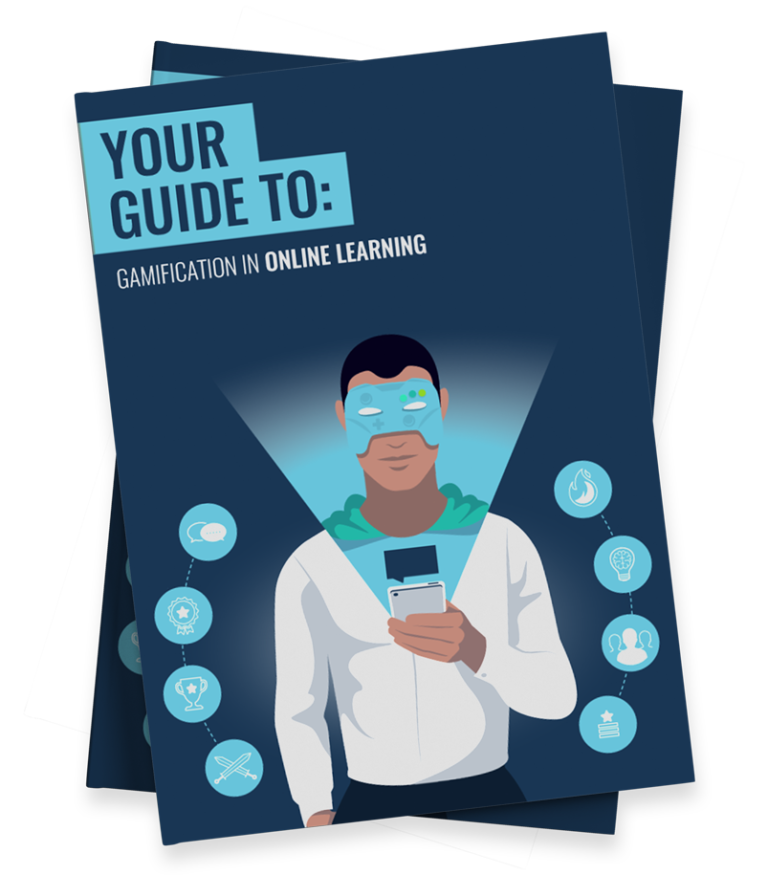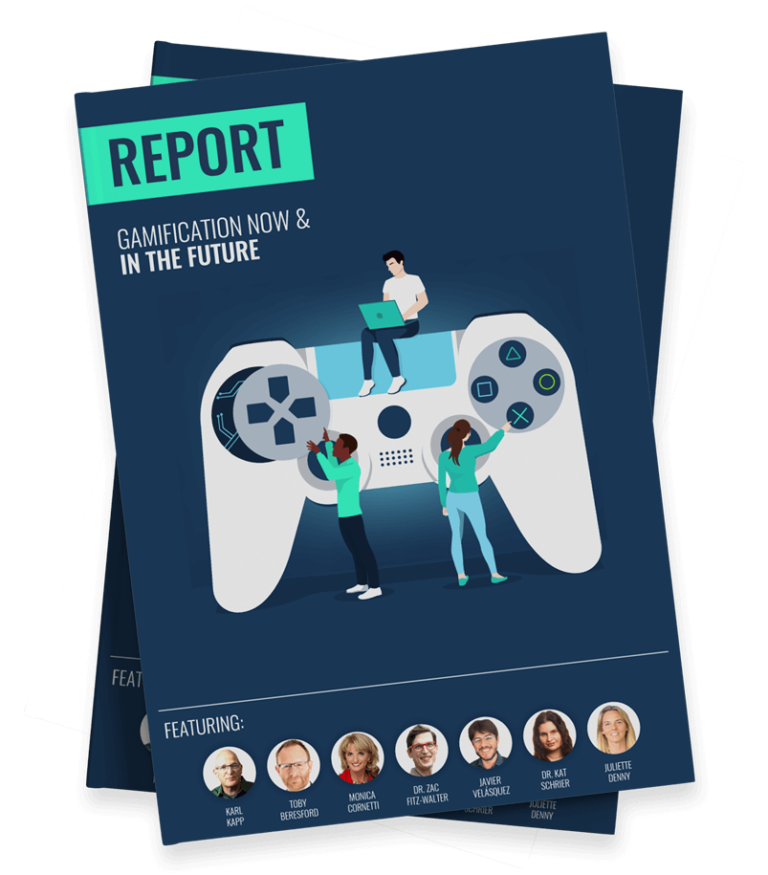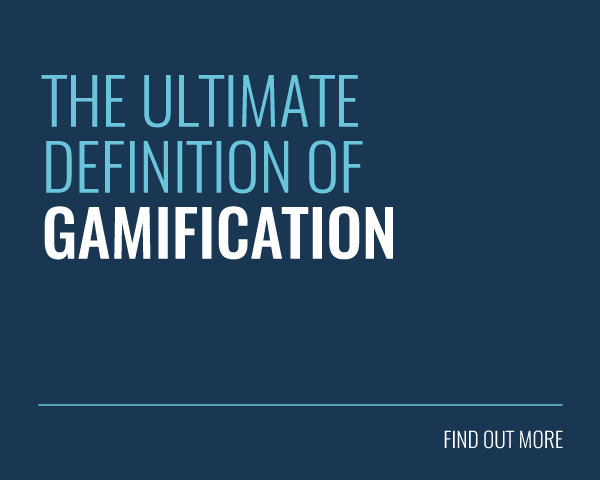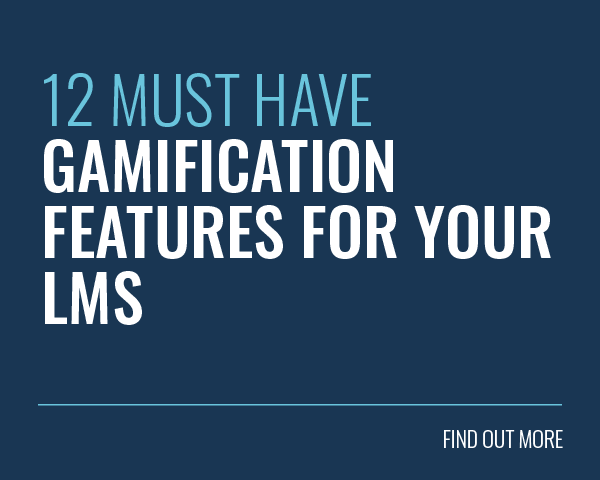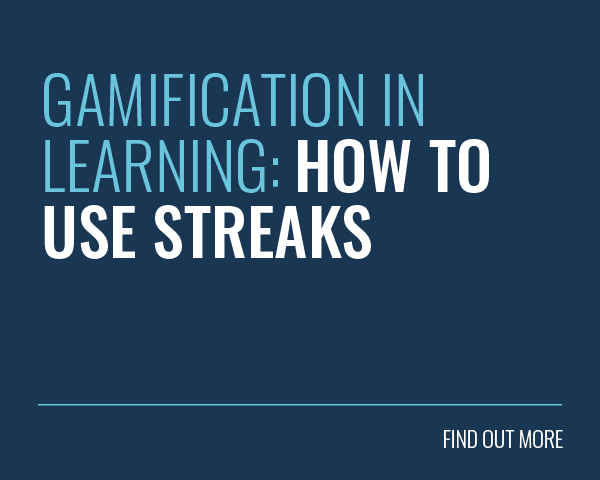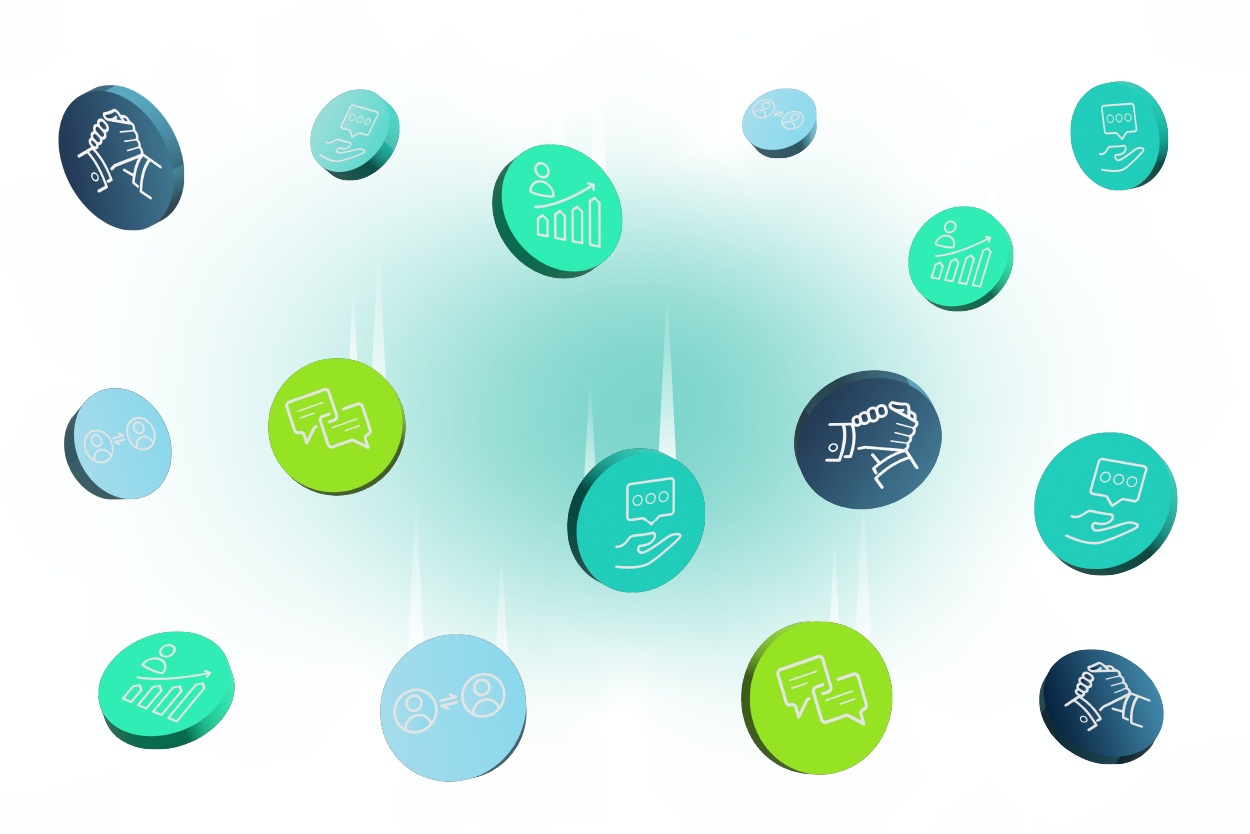
Badges are a powerful game mechanic that can be used to drive motivation, activity and loyalty. They form an integral part of any gamification-fuelled learning approach.
But it’s easy to misuse or overuse badges. It can be tempting to add a badge to everything. As you might expect, this kind of badge overload can water down the overall impact of your gamification strategy.
Don’t despair! Here at Growth Engineering, we’re award-winning gamification and learning technology experts. We’re here to help you transform into a gamification guru and a badge boffin.
Ready? Then read on to unlock your next achievement…
What is a Digital Badge?
You probably already know what a badge is. It’s a small piece of metal or material that indicates membership, status or support for a cause. But badges don’t have to be physical.
Digital badges exist to help incentivise and reward actions that take place in a digital landscape. They are typically made up of:
- A trigger: the user action that ‘unlocks’ the badge.
- An image: a visual representation of the badge.
- And a description: that explains how the user earned the badge.
Badges are often used in the gaming world as a mechanic to visualise progress and achievement. When transported outside of games, you can use this to drive engagement.
For instance, users might earn a badge for visiting a website, filling in a form or interacting with their environment. Either way, there’s a set of criteria that your audience needs to meet to unlock the badge. Badges are then stored in a badge cabinet or display area so that the user can review their collection.
In the world of online learning, badges are typically rewarded for hitting important milestones. For instance, you might unlock a badge for completing a training unit, curriculum or certification.
Alternatively, you could earn achievement badges for exploring the learning environment and interacting with other users. We’ll explore this concept in more detail later on.
A Brief History of Badges
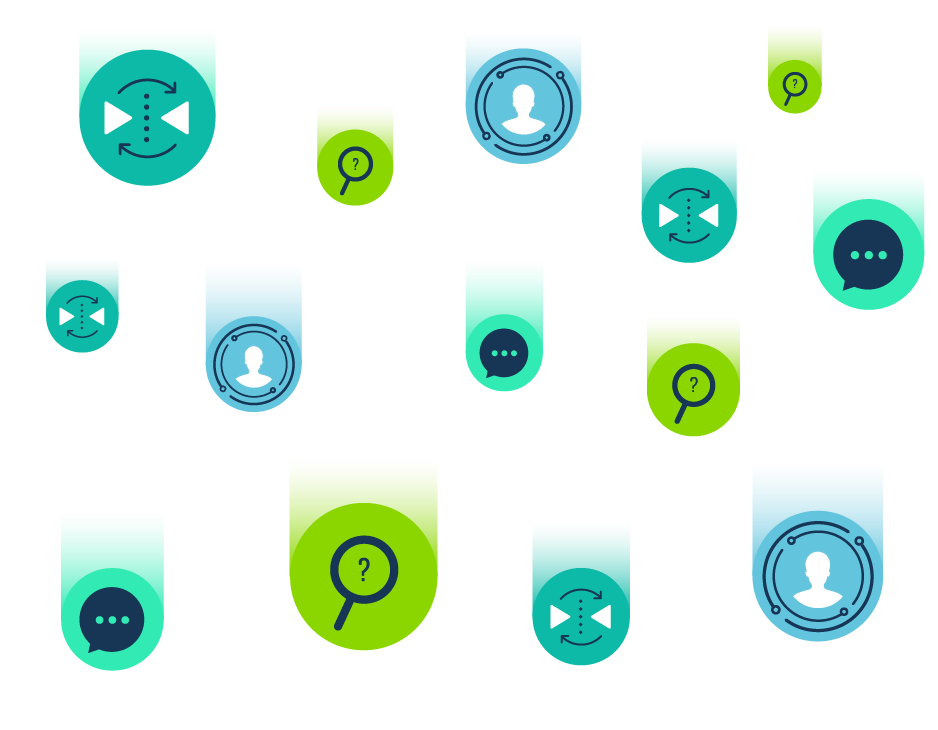
Sheriff badges. Birthday badges. The Blue Peter badge. Traditional physical badges have a long and storied history. Digital badges, on the other hand, are a relatively new phenomenon.
In both cases, however, they’ve typically been used to denote status. For instance, the earliest recorded use of badges dates back to ancient Egypt, where they were used to indicate military rank.
Badges were also common throughout the Middle Ages. They were typically used as jewellery or even as proof of class.
That’s a loathsome thought. It calls to mind the use of badges and other status indicators as a means for ‘othering’ minority groups or deprived people throughout history.
But badges are typically used to praise, honour and reward their wearer. In 1896, Benjamin S. Whitehead issued a patent for a button fastened to a metal pin. As a result, the badge as we know it today was born. We’ve been using badges to mark celebrations ever since.
But it’s hard to talk about badges without paying lip service to the Boy Scout movement. Scouts have been using badges to denote merit since as far back as 1909.
Members can earn badges for demonstrating skills or achievements. These are sewn into their uniforms (or sashes, if you’re in America) as a visual indicator of their progress.
That sounds awfully similar to how badges are used in digital environments, doesn’t it? Well, let’s get to it!
Enter The Virtual Badge
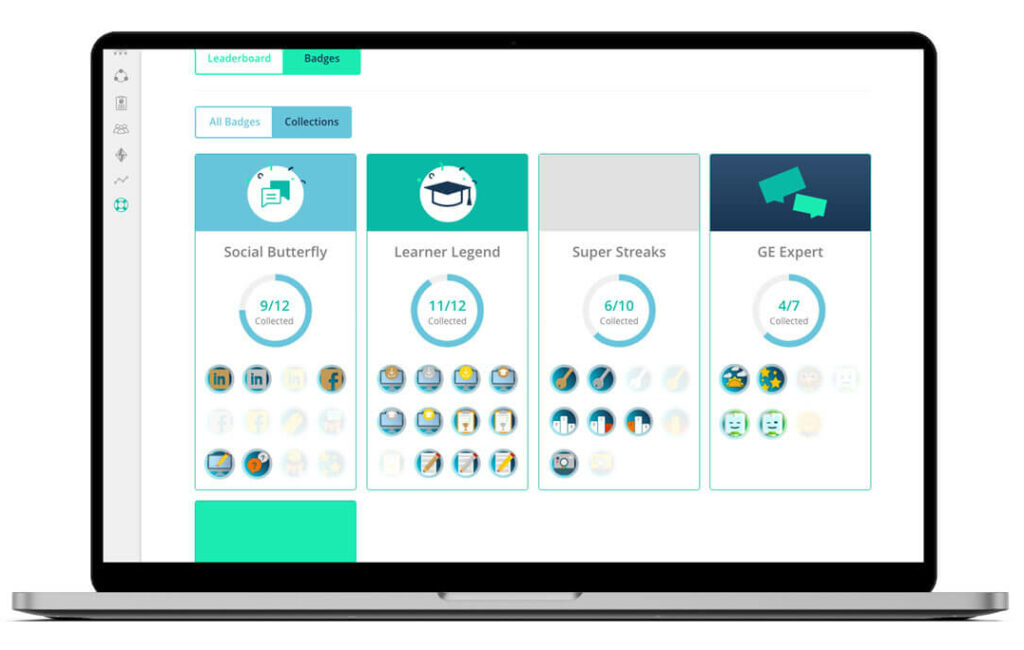
Digital badges are more of a 21st-century institution. Visual representations of badges have been used across the web for nearly as long as it’s been able to display a graphical interface. But their popularity exploded in the early 2000s.
Microsoft created the Xbox 360 Gamerscore system in 2005. This was the first implementation of a multi-game achievement system. It enabled gamers to earn badges (or ‘achievements’) for completing different tasks and challenges.
Websites like Myspace and HuffPost soon began to use badges to reward users for accomplishing tasks. If you’re of a certain age, you may also remember earning badges for ‘checking in’ to certain locations on Foursquare.
In 2012, Mozilla launched Open Badges. Their goal was to create a common system for issuing, collecting and displaying badges earned across different sites.
In this sense, Open Badges is a standard for displaying digital credentials, in the same way that SCORM is a standard for eLearning. It remains popular to this day, although there are plenty of alternatives.
Nowadays, you can earn badges for completing challenges on Duolingo. You can earn ‘trophies’ for worthy contributions on Reddit. And you can display Open Badges on your LinkedIn profile. The list is endless!
The Key Statistics
There’s a host of research that highlights the effectiveness of gamified training. But if we’re going to be badge-specific, this IBM survey report contains a few gems:
- 87% of ‘badge earners’ say they are more engaged as a result of their digital reward.
- 76% of business units said that badges motivate employees to develop their skills.
- 72% of business units note that badges help to recognise employee achievements.
Why Are Badges Meaningful?
It doesn’t matter how old we are — receiving a trophy, medal or badge of honour feels awesome. We all love to receive recognition for our triumphs. This can often motivate us to take on the next challenge.
This is the result of a chemical reaction within our bodies. Gamified rewards like badges release a potent chemical cocktail within our brains. This includes four key chemical messengers or neurotransmitters:
- Dopamine: A neurotransmitter that plays a role in pleasure, motivation and learning.
- Endorphins: A ‘feel-good’ neurotransmitter that acts as natural pain relief.
- Serotonin: A mood-boosting neurotransmitter that promotes healthy habits.
- Oxytocin: The ‘love hormone’, associated with empathy and trust.
As a result, we’re powerless to resist the allure of a good gamified system. In fact, when deployed effectively and with righteous purpose, gamified learning experiences can have an addictive quality to them.
What Purpose do Badges Serve?
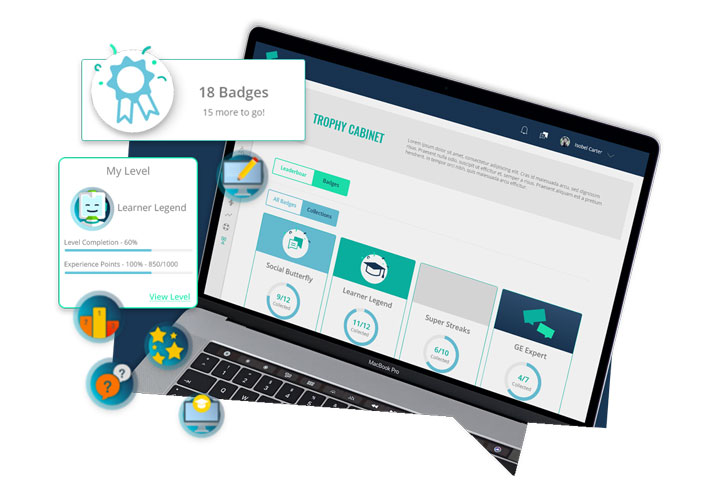
In the gaming world, virtual rewards — like badges — recognise players’ growing skills and heroic feats. This makes them powerful engagement tools.
Outside of gaming, they act as simultaneous goal-setting and reward devices. They give us something to aim for and encourage us to pursue objectives, and explore and overcome obstacles.
In summary, gamification badges exist for the following purposes:
- Motivating action and participation.
- Motivating exploration and collaboration.
- Marking progress or status.
- Acting as reward or recognition.
- Enabling goal and objective setting.
8 Ways to Use Badges to Engage Your Learners
Whether you use Growth Engineering LMS or another learning management system, we recommend using badges as part of a gamified training experience. As a result, you’ll transform your team into a legion of highly engaged learners.
That said, you can’t simply add badges to your system and expect instant results. There’s a reason why there’s been a kickback against basic gamified systems in recent years. Just take a look at the article titles below:
- Why Badges Fail in Gamification (Game Developer)
- Badges in Gamification Don’t Work (Sententia Gamification)
- Are Points and Badges Dead in Gamification? (Gamified UK)
- Why Gamification is Broken (The Next Web)
Ouch. And yet these articles are all consistent in their messaging. Badges work. XP works. Leaderboards work. But only when combined in a strategic manner, with an engagement focus, good content and the right platform.
So, let’s make sure we get it right. With this in mind, here are our eight top tips for creating brilliant badges that delight your learners.
1. The Best Things Come In Fours

On Growth Engineering LMS, we offer four different types of badges. Each badge category promotes and rewards a certain type of behaviour.
- Badges: These are badges in their purest form. Learners receive them for completing single training objectives. This could include downloading a PDF or finishing an eLearning unit.
- Achievements: Learners earn achievement badges for interacting with their learning environment. For instance, they might unlock an achievement for changing their profile picture or posting on a social stream.
- Awards: Learners earn award badges for completing an entire training curriculum. These badges can be accompanied by a printable certificate, ready to take pride of place on your learners’ mantelpieces.
- Praise Badges: These badges are extra special. Praise badges are awarded by managers to help recognise team members who have gone the extra mile. This scarcity gives them extra value. Adding a message helps learners know what they did to earn it.
Whether or not your learning environment offers different badge types, these distinctions can be useful to keep in mind. They may help you fine-tune your strategy, set design rules and stay consistent with your XP weighting.
2. #BadgeGoals
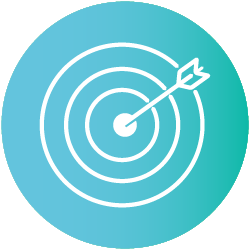
As well as being coveted rewards, badges act as powerful goal-setting tools in their own right. They guide your learners’ interactions with your platform and can be used to signpost their progression through your training content.
Typically, your learners will have access to a badge cabinet or display area. On Growth Engineering LMS, the badge cabinet displays all the badges they’ve earned so far and highlights those they still need to collect.
These empty spaces act as a constant reminder of what they’re missing. This feeds learners’ collector and completionist impulses. After all, research shows that we take deep pride in our collections. We’re also obsessed with finishing tasks and hate having gaps in our to-do lists.
If you’ve ever hate-watched a TV series through to the bitter end, you’ll know what we mean!
3. Beauty is in the Eye of the Badge-holder

Most learning systems will let you customise your badges. As a result, you’ll be able to define when they’re triggered, how they look and what their description is.
This gives you the power to breathe real life (and serious Epic Meaning) into your game mechanics. You should ensure your badge design is consistent with your company’s brand, goals, vision and values. They should fit in rather than stand out in your learning environment.
You can also use design to denote the value of your badges. For instance, gold badges might be considered more valuable (or harder to earn) than silver badges.
And don’t forget, you don’t need a top-notch design department to create an awesome badge pack. With the right image editing software and some imagination, you can create rewards that your learners will be proud to display in their badge cabinets.
4. Link Badges To Other Game Mechanics
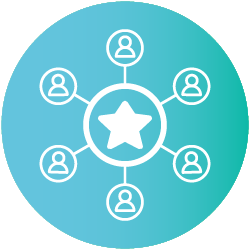
Gamified programmes require a strategic and interlinked approach to produce the best possible results. Sadly, badges alone won’t turn the dial. You’ll need to combine badges with other game mechanics to truly supercharge your engagement levels. For instance:
- Experience Points: Each badge should come with an associated XP tally.
- Leaderboards: Platform leaderboards can be organised by user badge counts.
- Levels: Users can’t ‘level up’ unless they’ve collected certain badges.
This approach also helps you to set different values for your badges. For instance, some badges could have higher XP tallies associated with them. These badges should be harder to earn than others on your platform.
5. Incentivise Activity and Exploration

As we’ve seen, learners can receive badges for displaying a variety of different behaviours on your platform. As an admin, you decide which actions you want to promote and reward. Remember: it’s not all about completing training!
Ensure your learners get the most possible value from your system by rewarding each tentative step they take in exploration. Here are some example actions you should reward:
- Logging in a set number of times.
- Sharing content on a social stream.
- Rating eLearning content in the library.
- Updating their user profile.
These actions help you to cultivate and maintain an active and engaged learning community. As such, they should be rewarded!
6. Spread Your Wings, Social Butterflies

Did you know that informal learning is responsible for an estimated 90% of all knowledge? A chunk of this informal knowledge is made up of social learning experiences. As a result, having a proper social learning strategy is essential.
Luckily, you can use badges to help incentivise social activity. You should offer achievement badges to learners who engage with your social streams.
Similarly, your team leaders should keep an eye out for social superstars within your organisation. These are the learners who go above and beyond to share their knowledge and fuel the community. As a result, they should be rewarded with a custom praise badge.
But the fun doesn’t have to stop there. Learners can share badges they’ve earned on Growth Engineering LMS across different social media platforms. This is a great way for them to tell the world that they’ve completed an important training unit or certification programme.
7. Don’t Forget Your Data

Data is the most valuable resource that any learning professional has access to. After all, the right data helps you to fine-tune your training programme and drive better results.
Your learning system will come locked and loaded with a Reporting Suite. This will help you to pull learner and content data for further analysis.
Some systems will also help you to track badge data. You should use these data points to assess the relative popularity of your badges and identify other engagement patterns.
For instance, you may notice that certain users have earned all or most of your badges. Perhaps these learners deserve further recognition throughout your organisation? Perhaps they could be positioned as an Expert within your platform?
But without these data points, you’d never have known they existed!
8. Embrace Real-World Rewards
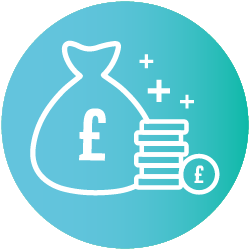
There’s a difference between intrinsic and extrinsic motivation. Intrinsic motivation comes from within. It’s linked to self-actualisation, mastery, feelings of progress and achievement.
Extrinsic motivation, on the other hand, focuses on material rewards. Oftentimes this is money or something that holds value, but it could also be public recognition, praise and other rewards.
Badges are great at generating intrinsic motivation. After all, they are a visual representation of our progress and achievements. But they don’t typically hold meaningful extrinsic value (unless you like to show off your collection to your peers!).
That can all change if you let your learners trade their badges for real-world rewards. For instance, our Reward Centre lets users swap their virtual rewards for something tangible. This typically includes vouchers, charity donations, time-off and so on.
By combining intrinsic and extrinsic motivation, you’re that much more likely to hit the learner engagement jackpot.
Final Words
There you have it. 8 practical tips to help you create brilliant badges for your LMS. Effortless learner engagement awaits.
But as we’ve seen, badges are just one part of a good gamified training programme. True learning excellence requires — amongst other things — multiple game mechanics, strategic alignment, strong content and easy accessibility.
The fun never stops. Now, we’re off to polish our badge collection!
Hungry for more gamification knowledge? Download our new ‘Gamification: Now & In The Future’ report to unlock a treasure trove of useful expert insights.

